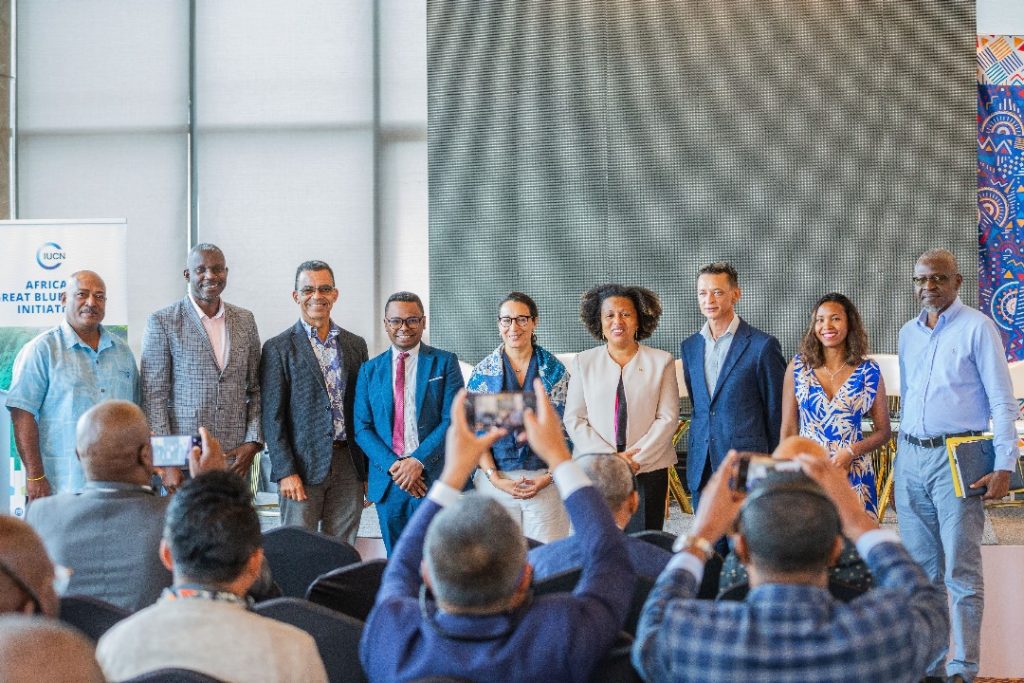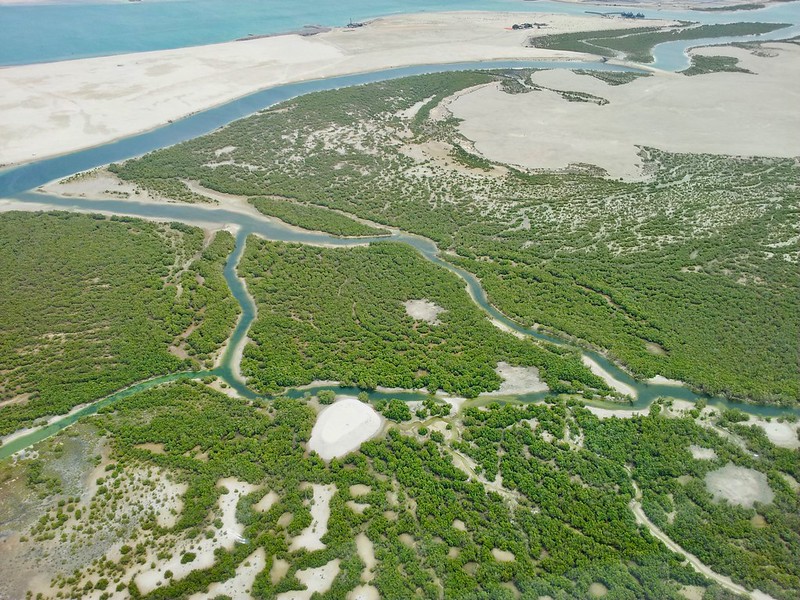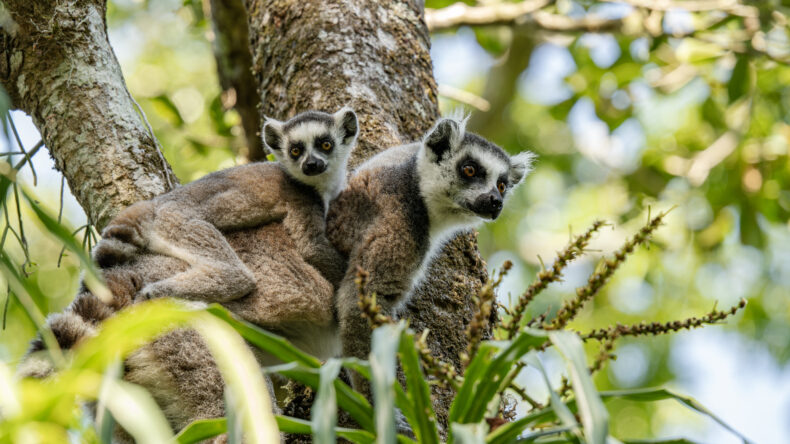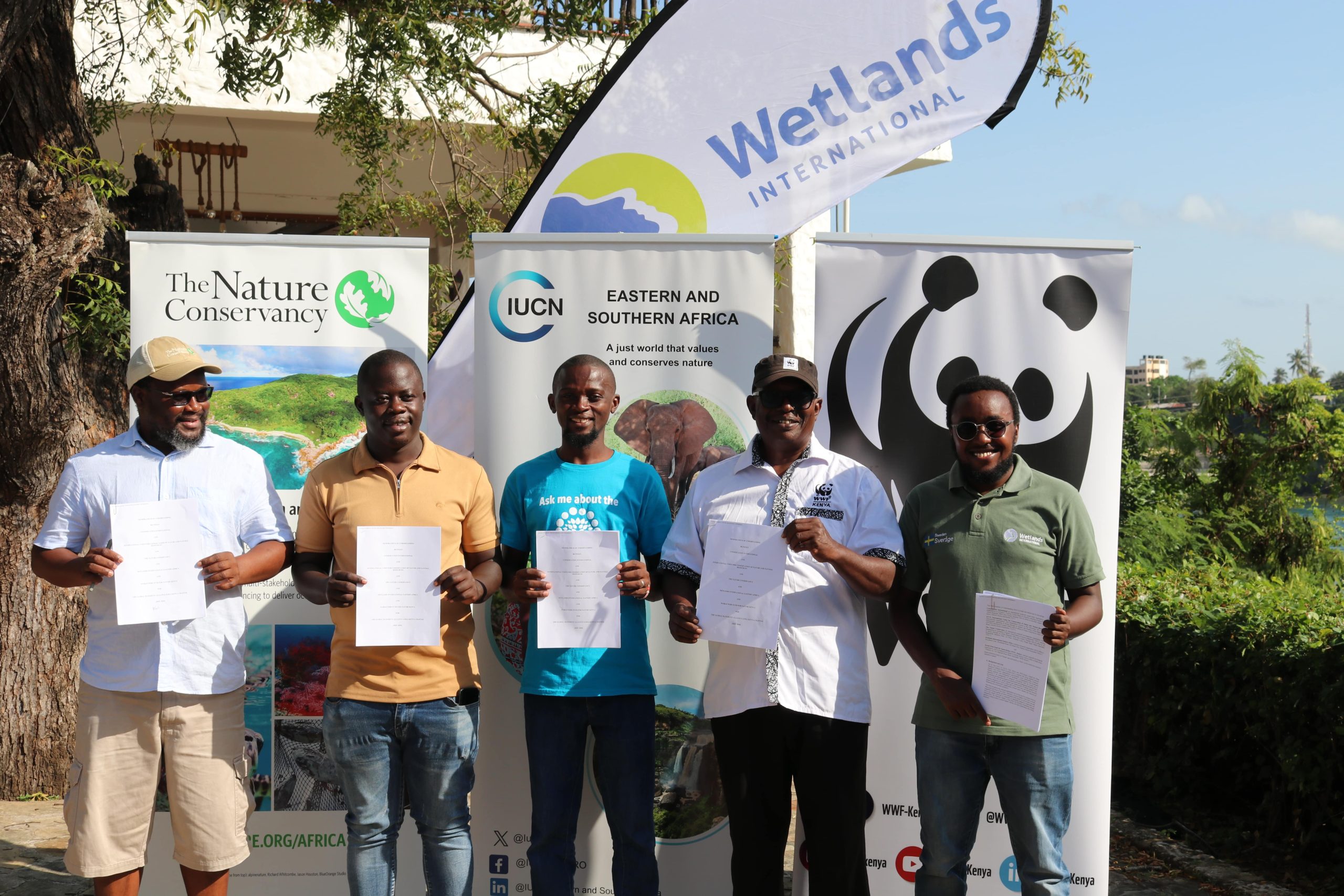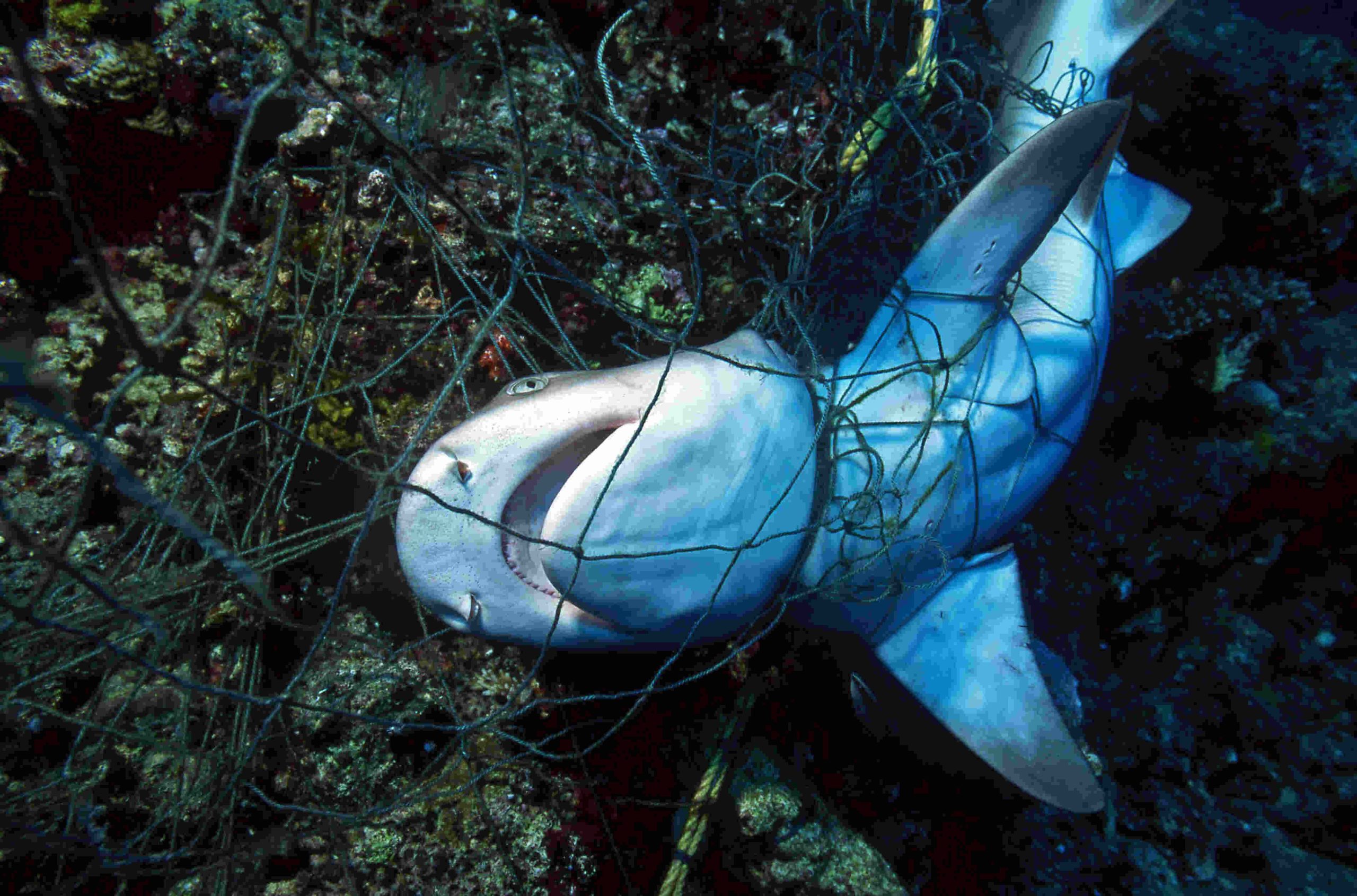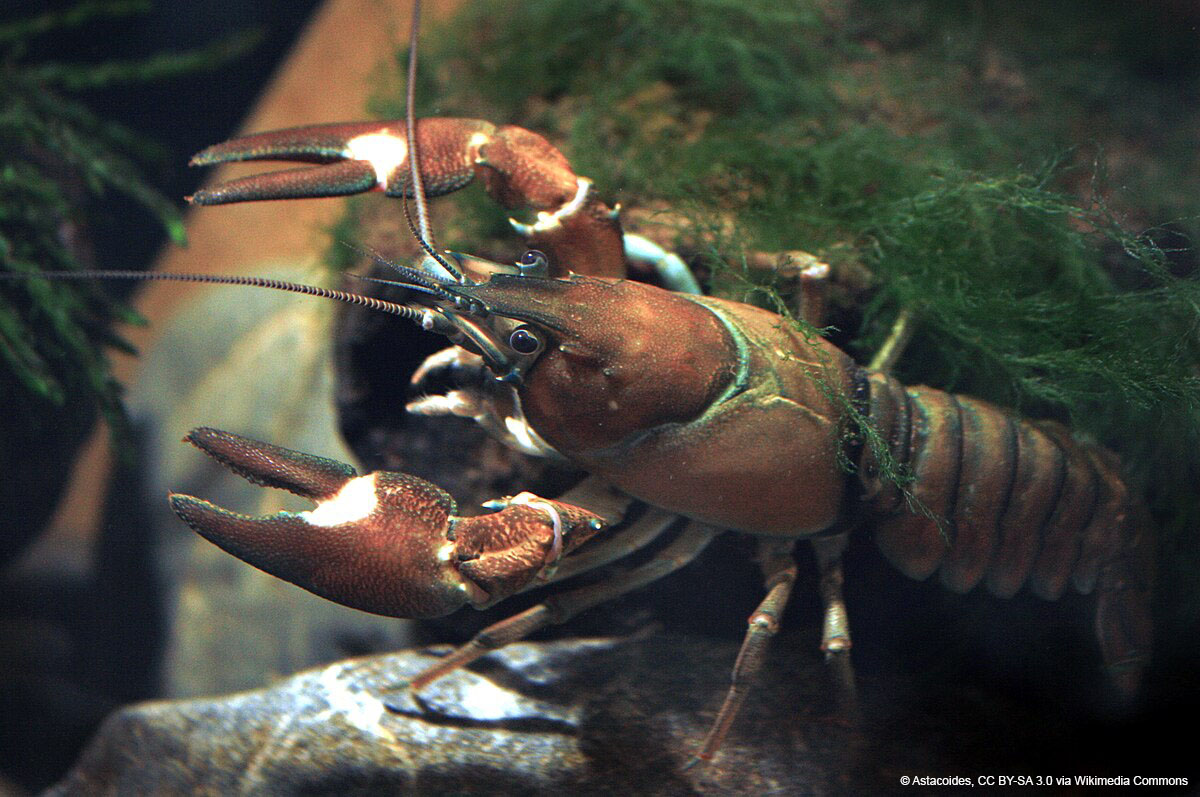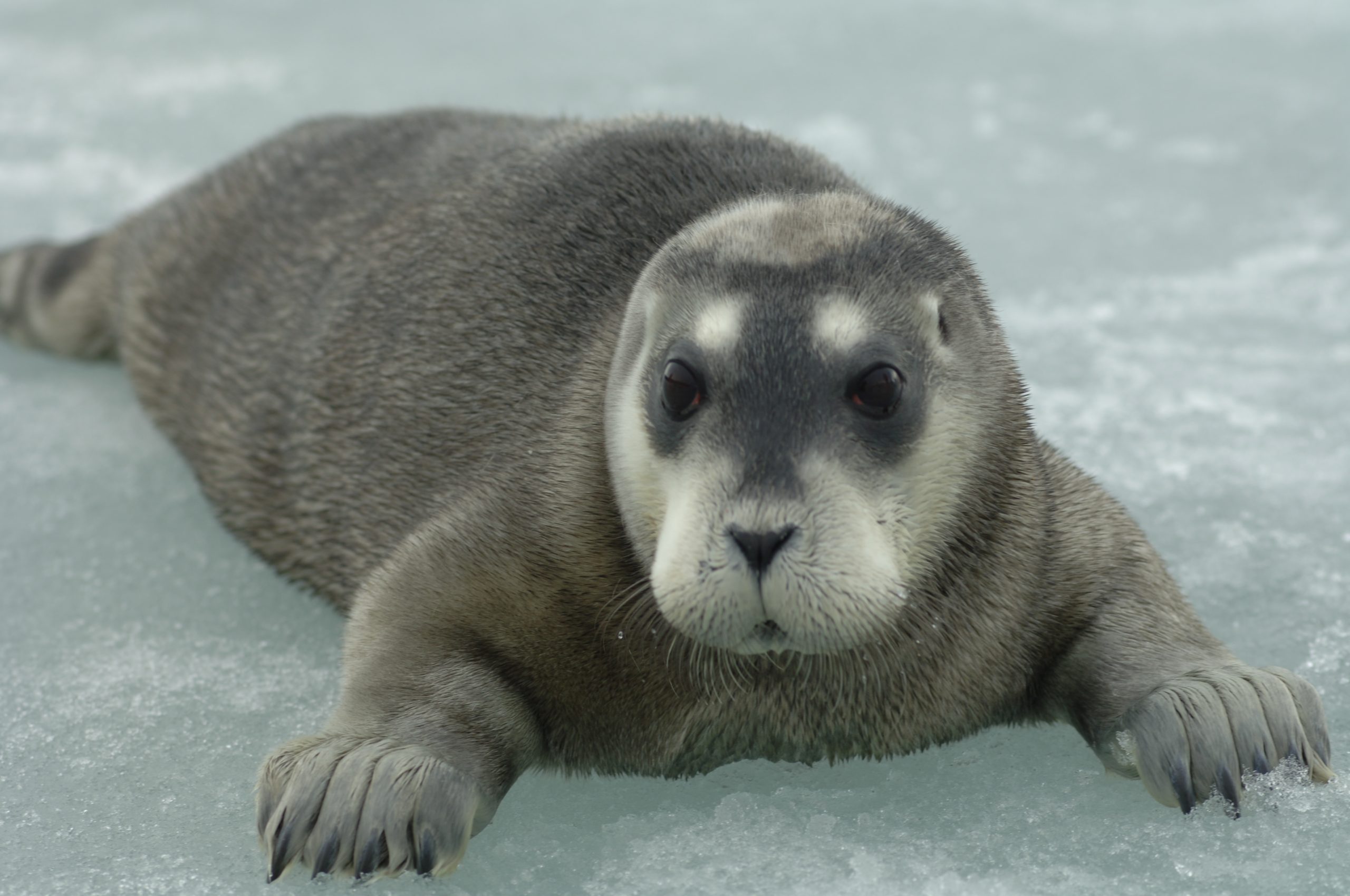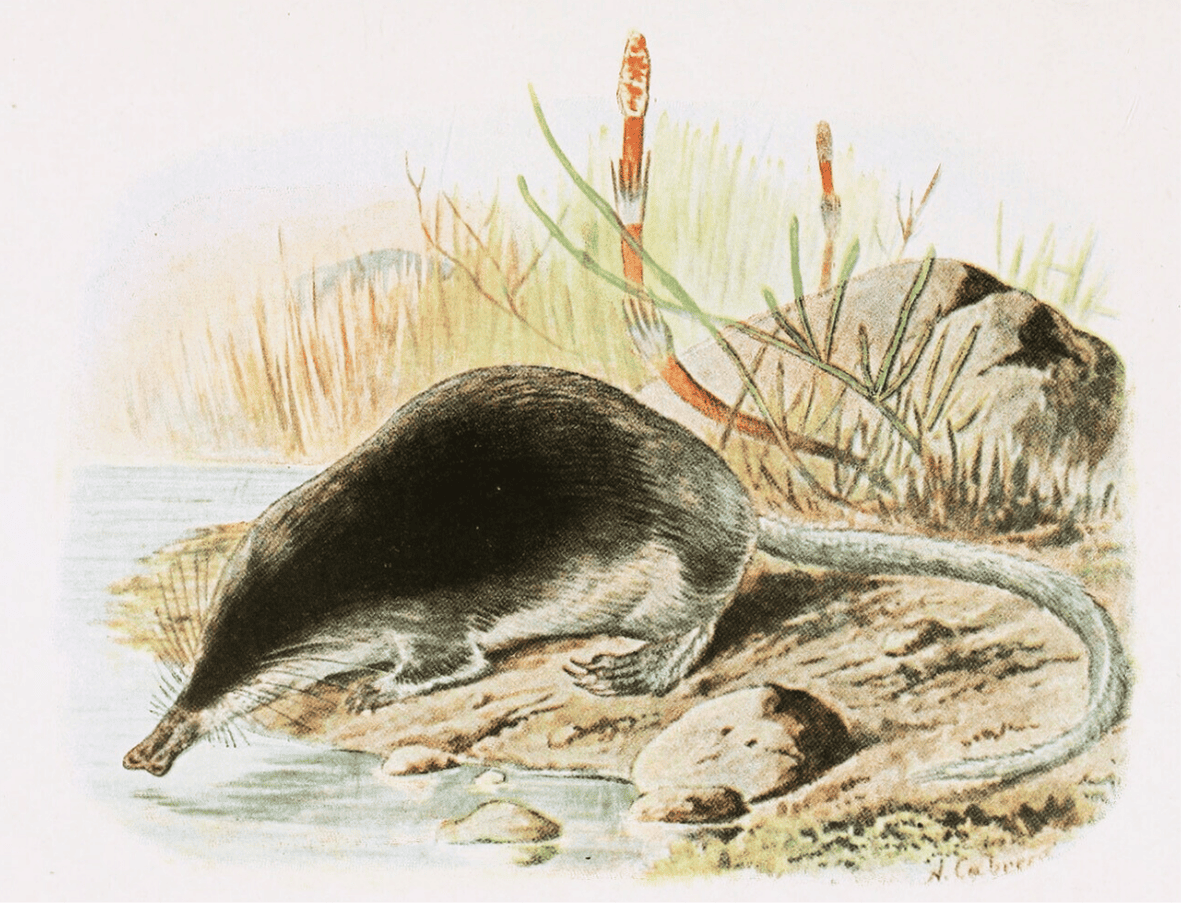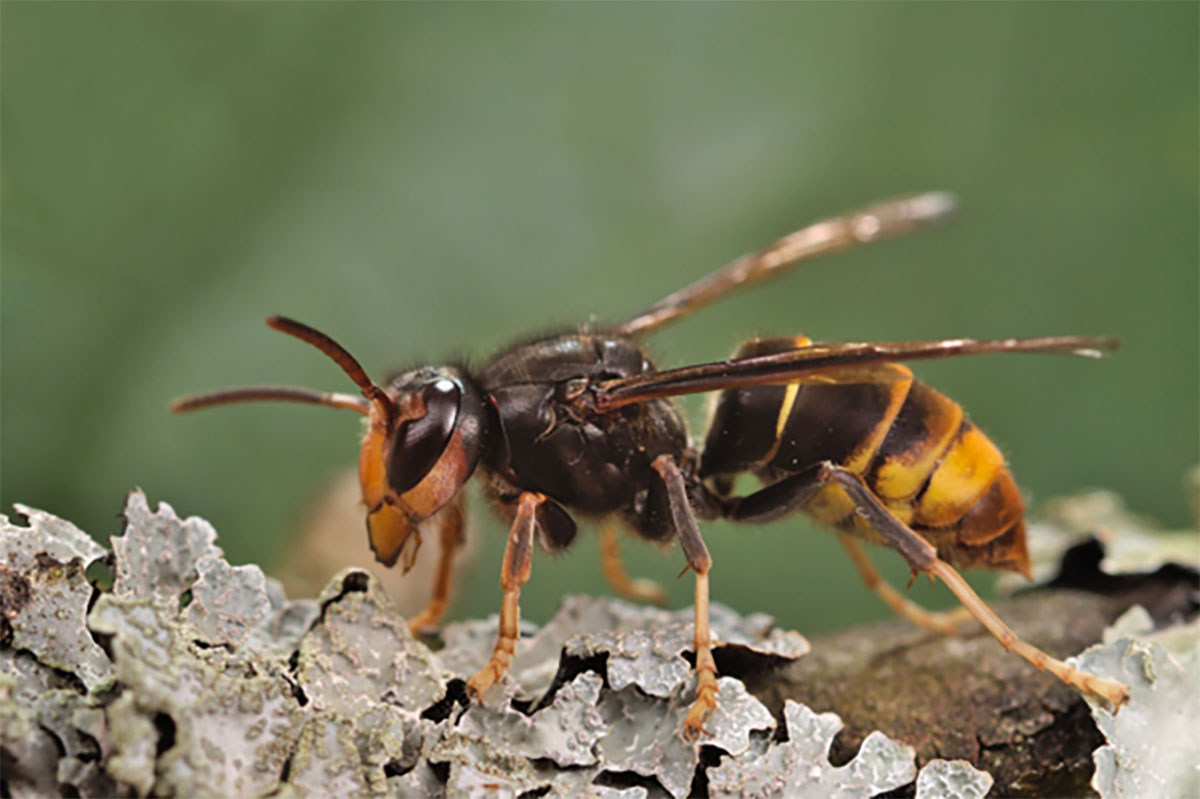The IUCN SSC Conservation Planning Specialist Group (CPSG) has developed several tools and resources to support planning. Teams are available to support this approach, including the use of modelling tools. Training in species conservation planning tools and processes is available through a combination of in-person and online courses. Training results in a certificate of completion. Extended mentoring opportunities also exist.
The One Plan Approach: requires that all available resources, all stakeholders and all populations of a species, are considered in conservation planning process. This approach is particularly effective at bringing together ex situ and in situ wildlife conservation practitioners and tools. Through CPSG, teams are available to support groups to apply this approach, which may include the application of the IUCN SSC Ex situ Guidelines as well as databases and modelling tools produced and maintained through key partners such Species360 and the Species Conservation Toolkit Initiative.
Population and Habitat Viability Assessment (PHVA): is a specific approach that integrates population viability analysis (PVA) into stakeholder-inclusive, multi-disciplinary planning projects. The PVA element helps all stakeholders to understand more a species’ life-history, threats, and the likely efficacy of potential conservation strategies. Facilitator-modeller teams are available through CPSG, to support groups to apply this approach.
Assess to Plan (A2P): is a process designed to bridge the gap between Red List assessment and conservation planning, for speciose groups. Using Red List data, assessors and other experts identify pathways to conservation action for taxa assessed as Threatened or Data Deficient. Outputs include recommendations for further planning or action for multi-species groups of taxa that can be expected to respond favourably to the same kinds of conservation action taken in the same areas and/or by the same groups of conservation actors.
